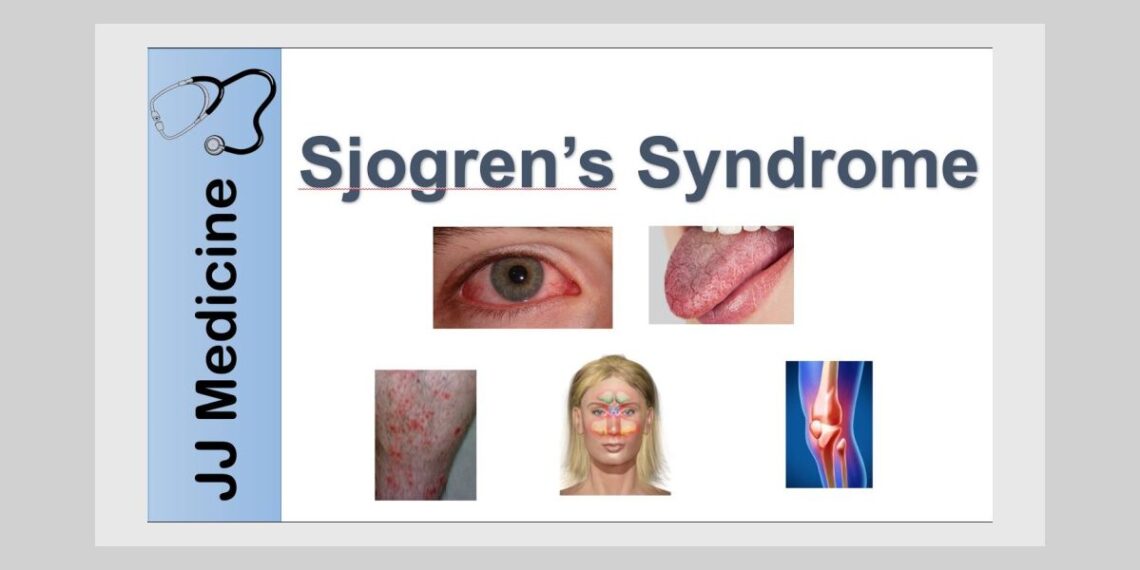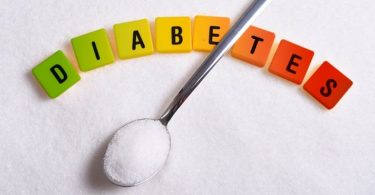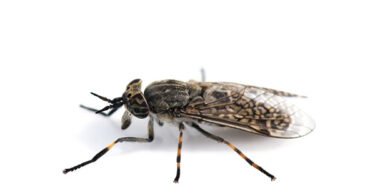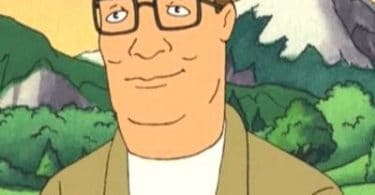A patient presented with the onset of Sjogren’s syndrome (Homeopathy for Sjogren’s Syndrome) at the age of 61 years in June 1990. It stated with acute parotiditis followed by non-improving dry eyes, dry mouth and joints were involved in March’92 (knees – hands -elbows -back). The whole process occurred with mild to moderate intensity. She had morning stiffness of just 30 minutes, even when we saw the patient in Sept. ’92. The lachrymal glands were non-secreting by then. She was on artificial tears and artificial mouth secreting agents as well as on steroids and NSAID’s. There were hardly any characteristics, while the pathology had crossed the functional zone and had moved to structural changes.
She had bilateral O.A. of the knees: synovitis + but not very warm and tender; minimum edema feet. Hb 11.9, ESR 40 mm. Urine Routine: 15 – 20 pus cells/hpf. CxR; Interstitial parenchymal markings visible at sensitivity -ve. Pulmonary Function Test: NAD.
Parotid Sialography : NAD, Histopathology Oral Mucosa: Hydropic changes and minonuclear infiltration in submucosa.
Thus we see all reflections of low susceptibility in the evolution of functional and structural changes. This slowly evolved case also had interesting psychosomatic dynamics in the background.
The lady and her husband were from a lower middle class family, that had come up in life after considerable struggle. Both took extreme care of their three children, 2 sons and a daughter. Both sons obtained Ph.D. degrees and the daughter studied upto M.Sc. They also bought a large flat to accommodate the large joint family in future.
The elder son one day declared that he was marrying a girl from another caste. This shock was not yet absorbed when the married couple decided to live separately as they did not like the “style of living”. The second son had a good opportunity and went to USA to study. The lady was quite disappointed and lonely initially, but later felt guilty about the training she had given to her children!
The sadness and self-reproach lingered from 1986 to 1988, with a few ineffectual attempts at reconciling with her elder daughter-in-law and son. In 1988 her daughter passed through a series of complication during her pregnancy, and the patient experienced a lot of anxieties and worries. She subsequently developed a full-fledged Sjogren’s syndrome picture.
Silica was selected as the constitutional remedy, on the basis traits of conscientiousness, and sustainence in adaptation, in correlation with other data. The patient improved gradually with Silica 30 in multiple doses. All allopathic drugs were withdrawn except the artificial moistening agents to replace tears and saliva. Thuja 1M as antimiasmitic was prescribed 3 to 4 times to push the patient out of sycotic inertia. She also started having a few secretory spells from the salivary glands, with good control over other problems.
ANCILLIARY MANAGEMENT:
1. Psychological Management:
In case 1, the patient was encouraged to be regular at work as well as advised to take a loan for his sister’s wedding.
The lady in case 2 was allowed to express her feelings and was reassured that all her efforts for her children were not wasted. In fact they were now well settled due to her contribution in their life.
All cases do need some level of psychotherapy individual to their case.
2. Scientific Withdrawal of Suppressive Agents.
In patients who are already on steroids for a long time do face problems during homoeopathic treatment. It is better not to stop the steroids immediately but to taper it off gradually over a period of time while on homoeopathic medication. This is in order to prevent a strong exacerbation or systemic problems due to pituitary adrenal axis disturbances. Also the patient may lose confidence in the physician. Temporally though, one may replace steroids with NSAIDS.
3. Adequate Physiotherapy:
Medical management alone cannot take care of ligament laxity, muscle spasm, postural, contractures, joint deformities, etc. Physiotherapy is therefore important. The different modalities in physiotheraphy are adequate rest, immobilisation, special splintage supports, traction, range of motion exercises, muscle strengthening exercises, gaot training, short wave diathermy, local heat fomentation, local ice packs, ultrasonics, T.N.S., etc.
The judicious combination and choice from these and motivating the patient psychologically for mobility, may go a long way in keeping the patient from getting a painful deformity and ultimately becoming crippled. The patient should be encouraged to use as many joints as possible.
Physiotherapy may sometimes remove static blocks in treatment. Eg. A young lady with polyarticular RA was improving in all other aspects except in her cervical pain, stiffness and torticollis. A custom made well padded cervical four post collar did the trick. She had to use it only for some weeks and now she is freely moving her neck.
4. Surgical procedures:
One needs to keep an open mind for the reasonable utility of surgical procedures. Arthroscopic procedures like synovial biopsy in undiagnosed monoarticular cases, synovectomy for debulking the diseased tissue to reduce mechanical problems, cartilage burring for isolated deep cartilage craters, are some of the useful ancillary surgical procedures.
For tendons and soft tissues, release of contractures and synovectomy may be indicated. For deformed and unsalvageable joints, arthrodesis or total joint replacement may be required.
5. Diet:
Restrictions are advised by us only in hyperuricemia i.e. stop red meats, sea food, pulses and food made from pulses, cashew-nuts. We encourage natural haematinics and a high protein diet in RA with anemia.
Dr. Nimish V Mehta
Vinod Kunj, MP Vaidhya Lane,
RB Mehta Marg, Ghatkoper (East)
Mumbai 400077
Ph: 022-25154488
Mobile: 0-98201 70918
Email: [email protected]




